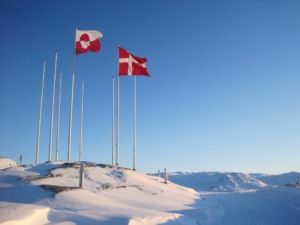News
Most Greenlanders want independence at some point in the future
This article is more than 6 years old.
Elsewhere, 80 percent of the islanders say they’ve experienced climate change first-hand

Not the best of weeks in Greenland (photo: Pixabay)
According to a new survey, ‘Greenlandic Perspectives Survey’, the vast majority of Greenlanders want independence from Denmark sometime in the future.
The Greenlandic-Danish survey revealed that over two-thirds (67.8 percent) of the respondents want independence at some point, with most identifying 2037 as their desired year to break off from Denmark.
Furthermore, 38.4 percent said they would support a vote for independence immediately, with just 32.8 percent saying they wouldn’t. Some 45.7 percent said they would support a bid for independence in a decade.
While 62.7 percent said the economy of the world’s biggest island would either benefit or greatly benefit from gaining independence, some contend that cutting ties with Denmark will have negative economic ramifications.
“It was surprising to see how different the yes and no sides interpreted the negative economic consequences of a potential independence,” Gustav Agneman, a PhD student in the Department of Economics at the University of Copenhagen and co-author of the survey, told Weekendavisen.
“They can’t both be right. Bridging the gap must be important in the future so one part of the population isn’t too surprised one day.”
READ MORE: Greenland’s ice is melting at an alarming rate, researchers warn
Climate change consequence
The survey also looked into how the Greenlanders perceive climate change and 79 percent said that they’d experienced the effects of climate change first-hand.
Nearly half of the respondents believe climate change is detrimental to the living condition of themselves or their families, while 9 percent said they think climate change will improve their living conditions.
Some 71 percent of respondents want Greenland to increase its investment in energy from sustainable sources, such as from sun, wind and rain, while 59 percent wanted more regulation of greenhouse gases emitted from industry.
The survey results are based on the responses of 606 Greenlanders living in 13 towns and hamlets.










































